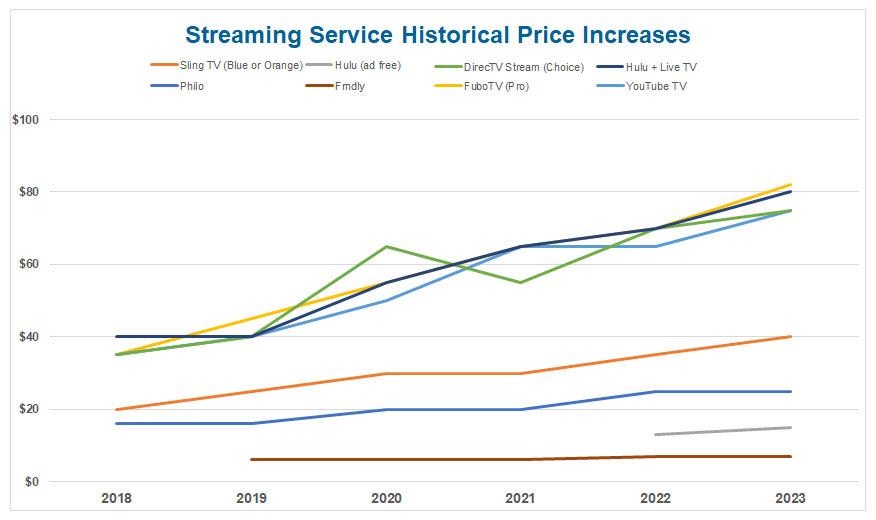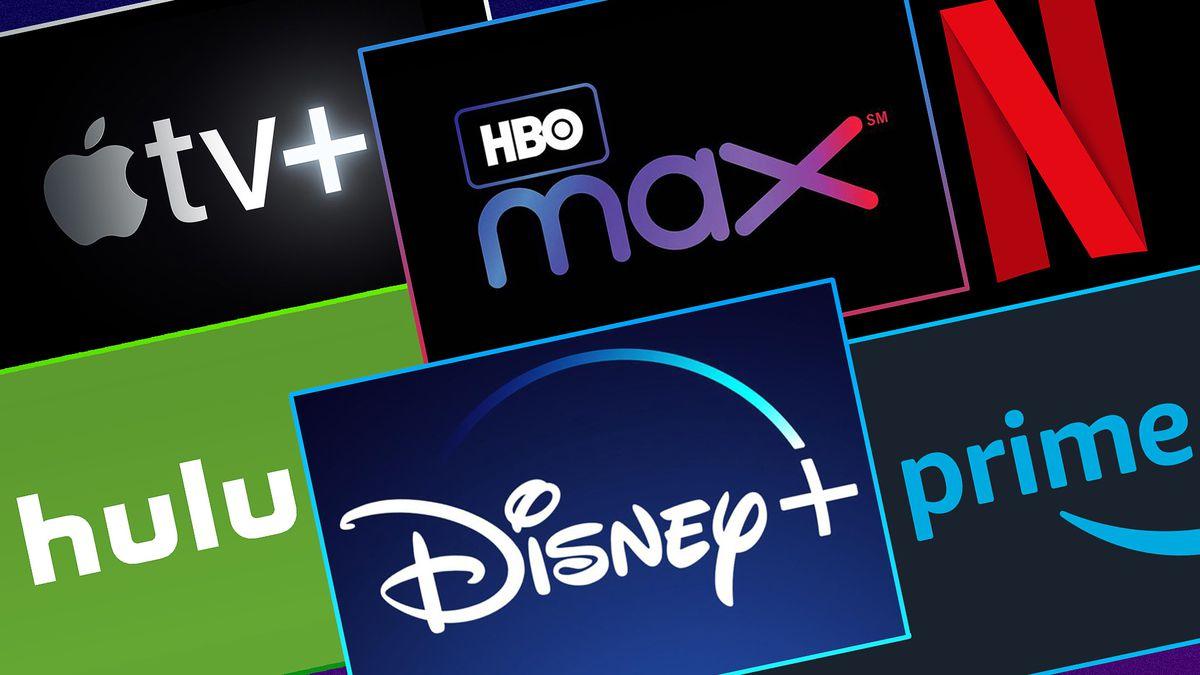In recent years, the landscape of digital entertainment has undergone a significant transformation, largely driven by the proliferation of streaming platforms. Once hailed as a cost-effective alternative to traditional cable, these services are now experiencing a notable surge in subscription fees. As prices climb, a critical question emerges: Is this upward trend inadvertently steering users back toward the murky waters of piracy? This article delves into the dynamics between rising streaming costs and consumer behavior, examining whether the financial burden is prompting a resurgence in illicit content consumption. Through an analytical lens, we explore the factors influencing this shift and assess the broader implications for the industry and its audience.
Impact of Streaming Price Increases on Consumer Behavior
The recent hikes in subscription fees for streaming services have prompted a notable shift in consumer behavior. With the cumulative costs of multiple subscriptions reaching levels comparable to traditional cable packages, users are increasingly scrutinizing their entertainment budgets. Many are opting to cancel or rotate subscriptions, carefully selecting only the most essential platforms. This trend is not only driven by price sensitivity but also by the sheer volume of available content, which can overwhelm even the most dedicated viewer.
- Subscription Fatigue: Consumers are feeling overwhelmed by the need to subscribe to multiple services to access desired content.
- Value Assessment: Users are more critically evaluating the content libraries of each service, often favoring platforms with exclusive or high-quality content.
- Alternative Solutions: As legitimate access becomes more costly, some are turning to unofficial channels to fulfill their entertainment needs.
This shift in behavior is indicative of a larger trend where consumers are asserting control over their media consumption choices, often prioritizing flexibility and exclusive content“>affordability over brand loyalty.

Analyzing the Relationship Between Cost and Piracy Trends
The correlation between increasing streaming service costs and the resurgence of piracy is becoming a focal point of discussion among industry analysts. As subscription fees rise, consumers are faced with evaluating their entertainment budgets. Streaming platforms often justify these hikes by citing the need for original content production and licensing agreements. However, this financial burden on consumers can inadvertently nudge some toward illicit alternatives.
- Affordability: Many users find it challenging to maintain multiple subscriptions, leading them to seek cost-free options.
- Content Accessibility: With content fragmented across platforms, accessing desired shows or movies legally becomes cumbersome and expensive.
- User Experience: Piracy sites, albeit illegal, sometimes offer a more straightforward and ad-free experience compared to legitimate services.
While not all users turn to piracy due to rising costs, the trend suggests a need for streaming services to reconsider pricing strategies and explore bundled offerings or flexible pricing models. This balance could help retain subscribers while curbing the temptation of illegal alternatives.

Evaluating Economic Factors Driving Unauthorized Access
In the evolving landscape of digital entertainment, the economic dynamics are pivotal in influencing consumer behavior, particularly concerning unauthorized access to content. As streaming platforms continue to increase their subscription fees, a significant segment of users is finding these costs prohibitive. This economic strain prompts a critical examination of whether these rising prices are inadvertently driving users toward piracy.
Several factors contribute to this shift:
- Affordability: As more platforms emerge, each with exclusive content, the cumulative cost for consumers seeking comprehensive access becomes unsustainable.
- Value Perception: Consumers often weigh the perceived value of a subscription against its cost, leading some to seek alternative means when the balance tips unfavorably.
- Accessibility: For those in regions where streaming services are limited or unavailable, piracy often becomes a more accessible option.
These economic factors underscore a complex interplay between pricing strategies and consumer access, highlighting the need for streaming services to reconsider their approach in an increasingly competitive market.

Strategic Recommendations for Streaming Services to Retain Subscribers
- Personalized Content Recommendations: Leverage advanced algorithms to provide subscribers with tailored suggestions based on their viewing habits. This not only enhances user satisfaction but also increases engagement, reducing the likelihood of cancellations.
- Flexible Pricing Models: Introduce tiered subscription plans that cater to different audience segments. Offering options such as ad-supported tiers, family plans, or student discounts can appeal to a broader demographic, making services more accessible and reducing the temptation to seek pirated alternatives.
- Exclusive and Original Content: Invest in unique and high-quality original programming that can’t be found elsewhere. Exclusive content creates a compelling reason for subscribers to stay, as they won’t want to miss out on trending shows and movies.
- Enhanced User Experience: Ensure a seamless and user-friendly interface across all devices. Features such as offline viewing, multi-language support, and personalized profiles can significantly enhance user satisfaction and loyalty.
- Community Engagement and Feedback: Foster a sense of community by engaging with subscribers through social media, forums, and feedback surveys. Understanding user preferences and addressing their concerns can lead to improved service offerings and subscriber retention.



